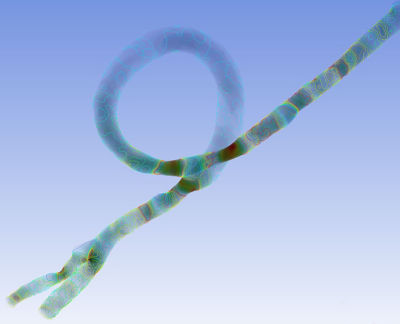-
-
학생용 무료 소프트웨어에 액세스하기
차세대 엔지니어에게 힘을 실어주는 Ansys
학생들은 세계적 수준의 시뮬레이션 소프트웨어를 무료로 이용할 수 있습니다.
-
지금 바로 Ansys에 연결하십시오!
미래를 설계하기
시뮬레이션이 다음 혁신을 어떻게 지원할 수 있는지 알아보려면 Ansys와 연결하십시오.
국가
무료 트라이얼
제품 및 서비스
학습하기
회사 정보
Back
제품 및 서비스
ANSYS BLOG
January 5, 2021
The Simulation Community Has Spoken: Announcing Our Art of Simulation Winners
After putting out the call for your amazing simulation visualizations, you sent in more than 200 entries for our inaugural Art of Simulation image competition. The competition was created to commemorate Ansys’ 50th anniversary. We’ve seen so many examples of how simulation is making a positive impact on society over the past 50 years that we wanted to honor the accomplishments of our customer and student communities while also getting a glimpse of future innovations that will help shape our society over the next 50 years and beyond.
Our panel of judges debated each valid entry and chose 34 finalists across six categories: 3D Design, Electromagnetics, Structures, Fluids, Healthcare and Multiphysics. Entries were judged based on visual appeal, quality of their written explanation of the problem the simulation addressed, technical difficulty and their innovative use of computer-aided engineering.
From those finalists, the public at large cast an amazing 3,688 votes to determine the winners. Let’s take a closer look at the six winners, in no particular order.
Six Simulation Winners, Limitless Possibilities
3D Design category winner
Rodrygo Karassawa Zanoni, senior specialist engineer from FEM3D won in the 3D Design category for his simulation that analyzed the structural stress and deformation of a jacket seafastening.
Electromagnetics category winner
Alexander Shalaby, a microwave design specialist with Meggitt Airframe Systems won in the Electromagnetics category for his simulation of the radiation pattern of an active electronically scanned array (AESA) radar with more than 1,000 elements behind the nose cone of a fifth-generation fighter aircraft.
Structures category winner
Boukhssas Salim won the Structures category with his analysis of the structural deformation of a train disc brake. Salim is a student at the Mohammadia School of Engineers in Morocco.
Fluids category winner
In the hotly contested Fluids category where there were 10 finalists, Rituja Kulkarni won by analyzing the airflow in her apartment and simulating the wind entering through a window and balcony door, along with the effect of a rotating ceiling fan, where you can see circular streamlines. She discovered that airflow circulates least in her kitchen. Kulkarni is a computational fluid dynamics research assistant at the University of Cincinnati in the U.S.A.
Healthcare category winner
Tamás Büki, chief technology officer at ME3D-Graft Ltd./YourAnastomosis won the Healthcare category by using multiple parameters of a dialysis access loop to precisely simulate the regions of vessel wall changes evidenced by studying microscopic tissue structures. YourAnastomosis provides surgical education via a take-home simulator and online course focused on vessel structure analysis, which allows surgeons to improve their work.
Multiphysics category winner
Last, but certainly not least, Rahul Singh, an engineer at BRP-MPS used Ansys Fluent, CFX, Mechanical and EnSight to create multiphysics simulations that account for heating, cooling, pressure and fatigue in the development of a 300 HP, two-stroke outboard marine engine. His entry won the Multiphysics category. BRP’s portfolio of products includes many household names in snowmobiles, watercraft and on- and off-road vehicles. Singh works in the company’s Marine Propulsion Systems (MPS) division.
Thank you to everyone who entered. There were so many amazing ways you’re using Ansys technologies to power the new product developments that will shape the next 50 years.
Visit the Ansys Art of Simulation web page to discover more about the competition.






